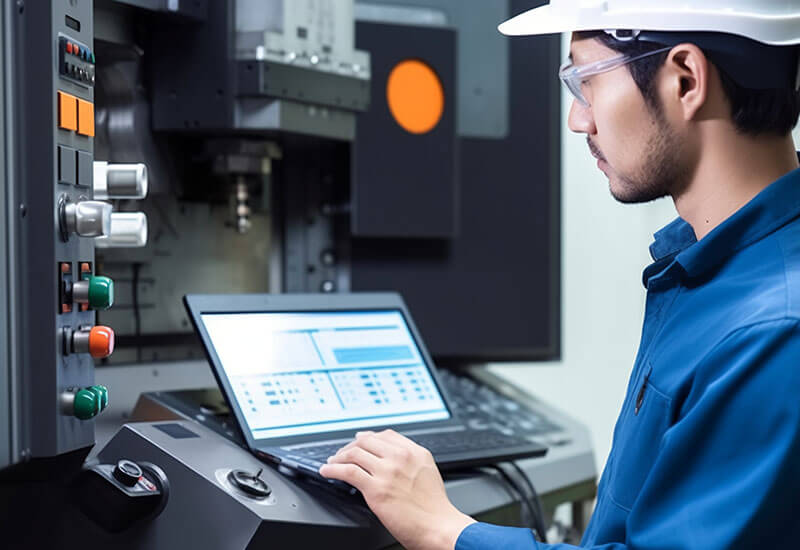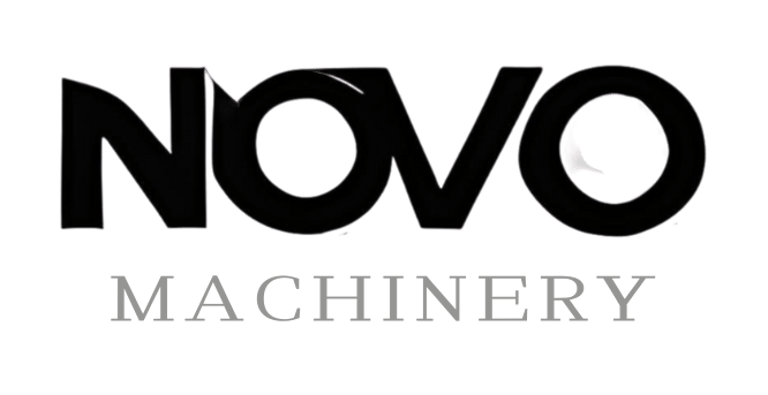Troubleshooting CNC Busbar Machining Issues
Discover effective troubleshooting techniques for common CNC busbar machining issues in electronics factory maintenance. Improve efficiency and reduce downtime with our expert tips and solutions.
7/22/20254 min read


Introduction to CNC Busbar Machining
CNC busbar machining plays a critical role in the electronics manufacturing industry, representing a sophisticated approach to producing busbars that are essential for efficient electrical conductivity in various electronic systems. Busbars are conductive materials, typically made of copper or aluminum, which distribute electricity within a system. Their applications can be seen in power distribution units, electrical panels, and various types of machinery, where they act as the backbone for electrical connections.
The utilization of CNC (Computer Numerical Control) technology in busbar machining ensures remarkable precision and accuracy. This level of detail is vital, as even minor discrepancies in busbar dimensions can lead to significant connectivity issues, overheating, or reduced system efficiency. CNC machines employ programmed commands to control tools, allowing for complex shapes and dimensions to be achieved without the manual intervention typical of traditional machining methods.
The inherent complexity of CNC busbar machining lies in several factors, including the intricacies involved in programming, the need for regular maintenance of machinery, and the ability to adapt to different busbar specifications as dictated by evolving design requirements. As factories strive to enhance productivity and performance, effective troubleshooting practices become essential. A well-implemented troubleshooting strategy not only addresses immediate machining issues but also contributes to long-term operational stability.
By identifying and resolving common machining problems—such as inaccuracies, tool wear, and material defects—maintenance teams can minimize downtime, ultimately elevating the productivity of the electronics manufacturing process. As advancements in technology continue to redefine the landscape of CNC busbar machining, the emphasis on effective maintenance and troubleshooting practices becomes paramount for any electronics factory aiming to maintain optimal operational efficiency.
Common Machining Issues and Their Symptoms
CNC busbar machining presents a variety of challenges that maintenance teams must deftly navigate to ensure optimal performance and product quality. Among the primary issues encountered, misalignment is notably critical. Symptoms of misalignment include inconsistent cuts and dimensional inaccuracies, often resulting in significant rework requirements. This issue can lead to defective products that fail to meet required specifications, ultimately diminishing production efficiency and increasing costs due to material waste.
Another prevalent concern is tool wear, a natural consequence of extensive machining operations. Maintenance teams should be vigilant for signs such as poor surface finish and increased cutting times. Worn tools can create excessive heat, leading to thermal expansion, which further exacerbates misalignment issues. The impact on productivity can be profound, as prolonged cutting times directly correlate to increased operational expenses and potential delays in the manufacturing schedule.
Surface imperfections, including scratches, gouges, or irregular textures, may also arise during machining. These defects significantly compromise the aesthetics and functionality of the busbars. Common symptoms include visually noticeable flaws and defective component characteristics, prompting a high rate of rejection during quality control checks. The financial repercussions can be considerable, as defective components may necessitate complete production halts and substantial re-inspection efforts.
Lastly, incorrect feed rates can have a substantial adverse effect on the machining process. Symptoms such as excessive chatter, noise, or vibration from the CNC machine signal potential feed rate issues. Incorrect rates may lead to poor machining accuracy and degrade the surface quality, culminating in increased cycle times and economic inefficiencies. Maintaining the appropriate feed rates is paramount for ensuring smooth operations and minimizing undue wear on machinery.
Step-by-Step Troubleshooting Process
Troubleshooting CNC busbar machining issues necessitates a systematic approach that allows maintenance teams and operators to collaboratively identify and resolve problems efficiently. The first step involves an initial assessment of the situation. Operators should be encouraged to communicate any irregularities they observe during the machining process. This includes noting any unusual sounds, vibrations, or variations in output quality. By gathering a preliminary understanding of the issue, the team can determine whether the problem is minor or requires immediate intervention.
Next, conducting a thorough inspection of the CNC equipment is essential. Maintenance teams should check all components, including the busbar clamping mechanism, cutting tools, and coolant systems. Look for signs of wear, misalignment, or damage. Using diagnostic tools such as multimeters or oscilloscopes can help in identifying electrical issues, while thermal cameras can detect overheating parts. It is crucial to document these observations meticulously, as they can guide further actions and assist in building a knowledge base for future troubleshooting efforts.
Collaboration between operators and maintenance personnel plays a key role in effective problem resolution. Both parties should discuss their findings and insights, enabling a comprehensive understanding of the issues at hand. Establishing a routine feedback loop can significantly bolster this teamwork. It is advisable to hold regular meetings where teams can share experiences and solutions, thus fostering an environment conducive to continuous improvement.
In addition to collaboration, best practices for documenting both issues and repairs should be emphasized. This information should include detailed descriptions of problems, steps taken during troubleshooting, and the outcomes of any interventions. Over time, this knowledge repository will serve as a valuable resource, enabling quicker responses to recurring issues and facilitating training for new team members.
Preventative Maintenance Strategies
Preventative maintenance plays a crucial role in minimizing CNC busbar machining issues within electronics manufacturing environments. By proactively addressing potential malfunctions before they escalate, maintenance teams can significantly enhance the operational efficiency of their equipment and extend its lifespan. Establishing a systematic routine maintenance schedule is essential for ensuring that all relevant equipment receives regular checks and necessary adjustments, thereby avoiding unexpected breakdowns.
A well-planned maintenance schedule should include tasks such as routine inspections, lubrication of moving parts, and calibration of machine settings. This not only helps in identifying wear and tear but also extends the performance lifecycle of the CNC busbar machining equipment. Performance monitoring tools, such as vibration analysis and thermal imaging, can aid maintenance teams in tracking the operational health of machines, allowing for immediate action when anomalies arise.
Utilizing data analytics is another powerful strategy for preventative maintenance. By collecting and analyzing data from various machine sensors, maintenance teams can predict potential failures before they occur. This predictive maintenance approach shifts the focus from reactive strategies to proactive solutions, minimizing downtime and optimizing production cycles. Additionally, maintenance management software can streamline scheduling, record-keeping, and compliance tracking, ensuring that all maintenance activities are documented and easily accessible.
Modern technologies, including IoT devices, further enhance preventative maintenance strategies. These devices enable real-time monitoring of machine conditions and operational parameters. By allowing for continuous data collection, they support timely decision-making and intervention. Such integration of advanced tools promotes a culture of maintenance efficiency and strengthens a factory's resilience against CNC busbar machining issues, ultimately contributing to enhanced productivity.
Innovate
Leading manufacturer of busbar processing equipment solutions.
Contact
Support
+131 2713 4627
© 2025. All rights reserved.
